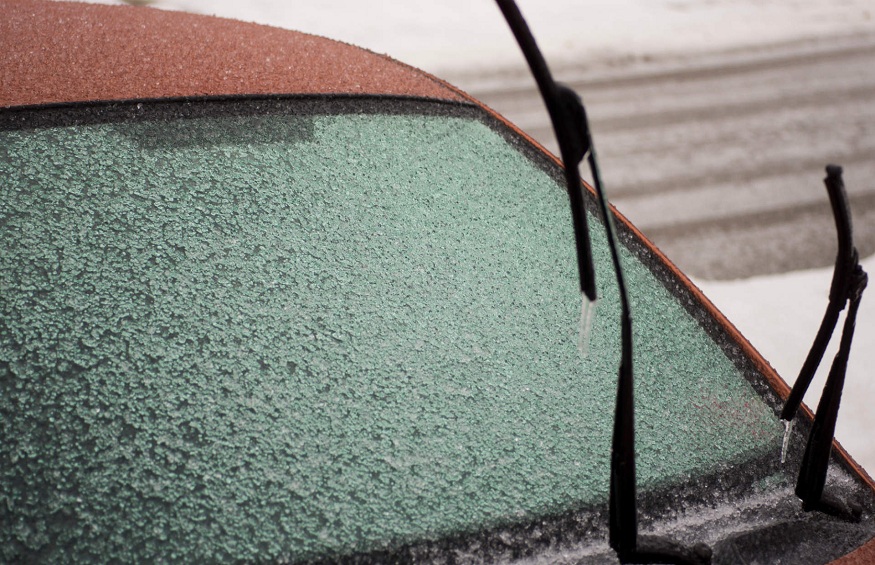When it’s time to hit the road for work or the children’s school in winter, there’s nothing worse than realizing that the windshield of your car is frozen.
To avoid having to scrape their windows in sub-zero temperatures, some people decide to speed things up by pouring warm or hot water on them. Unfortunately, this is a very bad idea!
If, at first glance, the hot water poured on the windshield melts the thin layer of ice, this rapid change in temperature can prove fatal by aggravating the small cracks, sometimes invisible to the naked eye but already present, or by breaking the glass altogether.
And if by chance you escape the worst, this water thrown on the windshield could freeze again if the temperatures remain too low.
Locks, handbrake: Touring tips and tricks against frost and frost
But then, what to do? Especially if you want to avoid de-icing products at all costs, which are very effective but sometimes expensive and not very ecological.
Between preventive techniques, grandmother’s tricks and homemade mixtures, we unravel the true from the false.
1. Cover the windshield with a tarp or a large piece of cardboard
If you don’t have a garage, the most effective method is to cover the windshield with a large piece of cardboard or a tarp, according to VAB Assistance. Make sure the window is clean and dry and wedge the tarpaulin or cardboard between the windscreen and the windshield wipers to prevent them from sticking to the window under the effect of frost.
2. Act preventively with alcohol or a water-vinegar mixture
During freezing weather, you can wipe your windows with a cloth moistened with alcohol at 70 or 90°C about two to three times a week. A simple gesture that should prevent frost from settling there at night.
Besides alcohol, white vinegar can also be used preventively. All you have to do is mix 3 parts white vinegar to one part water in a spray bottle and spray this mixture on the windows before going to bed, when they are still dry.
3. Prepare your own washer fluid
As with antifreeze, your windshield washer fluid can also be homemade. The recipe is simple: 2/3 of demineralized water (to avoid limescale), 1/3 of methylated spirit (to clarify the windows) and a drop of dishwashing liquid (to clean and apply a protective film). It will be enough to pour this mixture into the tank.
4. Avoid the potato trick, which can affect visibility
Rubbing the windshield with half a potato (or half an onion) to deposit a film of starch is a grandmother’s trick that comes up regularly. According to VAB Assistance, this trick is both ineffective and dangerous, as this technique leaves marks on the glass, which reduces visibility in the dark or when the sun is low.
5. Don’t scrape off frost with your windshield wipers
Never use the wipers to scrape off ice. Not only will you wear down the rubber of the wiper blades unnecessarily, but you may also damage the wiper motor or lead. Do not hesitate to raise them in the evening and put them back in place once defrosting has been completed.
6. Use the airtight plastic bag technique
As mentioned above, throwing water on your windshield is a gesture to be banned. On the other hand, there is a method using hot water that is much less dangerous for your vehicle. All you have to do is put this water in an airtight plastic bag and gently pass the bag over the windshield to remove the gel.
7. Don’t drive with a frozen windshield
Your windshield is still largely frozen and you start anyway? Pay attention because, according to the highway code, every driver must be able to keep control of his vehicle at all times and ensure optimal peripheral visibility. If you want to avoid the fine, take the trouble to defrost all the windows!





